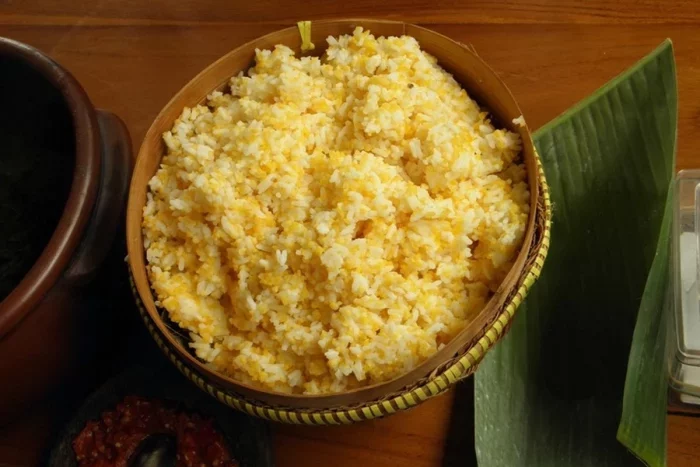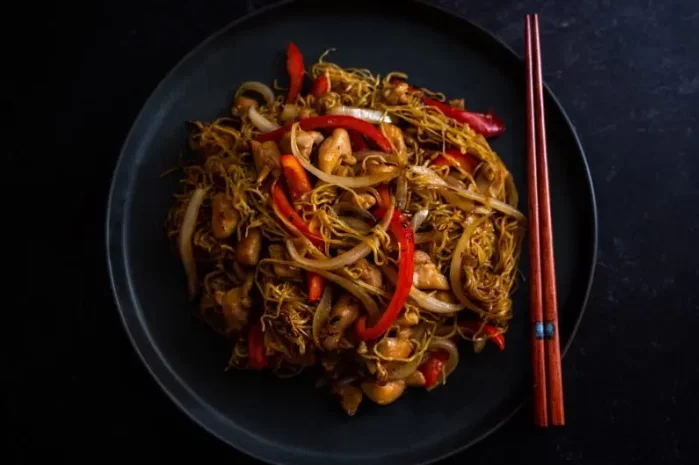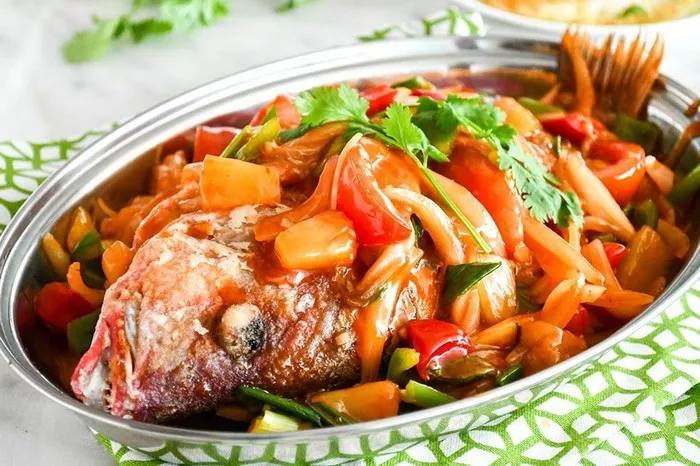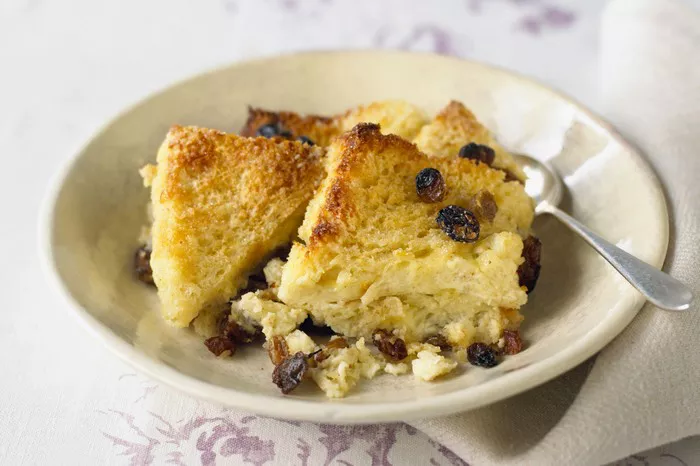Christmas Eve, known as La Vigilia in Italy, is a time of great significance and festivity. Italians celebrate with family, and food plays a central role in these celebrations. This article explores traditional Italian Christmas Eve dishes, their meanings, and how different regions of Italy celebrate this special evening.
The Tradition of Fish
One of the most notable aspects of Italian Christmas Eve dining is the tradition of serving fish. This practice stems from the Catholic tradition of abstaining from meat on the eve of major feast days. As a result, many families prepare a variety of fish dishes to honor this tradition.
Seven Fishes Feast
Many Italian-American families celebrate with the Feast of the Seven Fishes. This meal includes seven different types of fish and seafood, symbolizing the seven sacraments. Each dish varies by family and region but often includes:
Baccalà: Salted cod that is rehydrated and cooked in various ways, such as frying or making into a salad.
Calamari: Fried squid, often served as a starter or in pasta.
Gamberi: Shrimp, which can be grilled, sautéed, or used in a pasta dish.
Sgombro: Mackerel, typically grilled or marinated.
Sardine: Sardines, often stuffed or grilled.
Polpo: Octopus, which can be served in a salad or as a main dish.
Clams and Mussels: Often included in pasta or served steamed.
Regional Variations
Different regions of Italy have their own unique takes on the fish feast. For example:
Southern Italy: In regions like Campania, you might find dishes like spaghetti alle vongole (spaghetti with clams) and frittura di pesce (fried mixed seafood).
Northern Italy: Families may serve risotto al nero di seppia (squid ink risotto) or branzino (sea bass) baked with herbs.
Pasta Dishes
Pasta is another essential part of the Christmas Eve meal. It is often prepared in a lighter style, complementing the fish dishes.
Traditional Pasta Choices
Common pasta dishes include:
Spaghetti Aglio e Olio: A simple dish made with garlic, olive oil, and red pepper flakes.
Linguine alle Vongole: Linguine served with clams, garlic, and parsley.
Tortellini in Brodo: Tortellini served in a light broth, often made from chicken or beef.
Homemade Pasta
Many families take pride in making pasta from scratch. This tradition enhances the meal’s significance and brings family members together in the kitchen.
Antipasti and Appetizers
Before the main meal, Italians often serve a variety of antipasti. These appetizers set the stage for the feast to come.
Common Antipasti Items
Typical antipasti include:
Bruschetta: Grilled bread topped with fresh tomatoes, basil, and olive oil.
Olives: A mix of green and black olives marinated in herbs and spices.
Cheese Platter: Various cheeses, such as parmigiano reggiano, mozzarella, and gorgonzola, served with bread.
Cured Meats: Thinly sliced cured meats like prosciutto, salami, and capicola.
Side Dishes
Alongside the fish and pasta, side dishes play an important role in the Christmas Eve feast. These dishes often include seasonal vegetables.
Common Side Dishes
Popular side dishes are:
Roasted Vegetables: A mix of seasonal vegetables like potatoes, carrots, and Brussels sprouts, often roasted with olive oil and herbs.
Insalata: A fresh salad, typically made with seasonal greens, tomatoes, and a light vinaigrette.
Caprese Salad: Slices of fresh mozzarella, tomatoes, and basil drizzled with balsamic glaze.
Desserts
Desserts are an essential part of Italian Christmas celebrations. They vary by region but often include traditional sweets that reflect Italy’s culinary heritage.
Traditional Italian Desserts
Panettone: A tall, dome-shaped sweet bread filled with candied fruits and raisins. Originating from Milan, it is a staple at Christmas.
Pandoro: A star-shaped cake from Verona, typically dusted with powdered sugar.
Struffoli: Small, deep-fried dough balls coated in honey and often topped with sprinkles. This dish is popular in Naples.
Torrone: A nougat made from almonds, honey, and egg whites, often enjoyed during the holiday season.
Coffee and Digestifs
After the meal, it is common to serve coffee, often espresso, alongside a digestif. Popular choices include limoncello, a lemon-flavored liqueur, or grappa, a grape pomace brandy.
Family and Togetherness
Christmas Eve in Italy is not just about the food; it is also about family and togetherness. Many families prepare the meal together, sharing stories and traditions.
The Importance of Family Meals
Gathering around the table is a cherished tradition. It reinforces family bonds and creates lasting memories. This evening is a time for laughter, joy, and gratitude.
Conclusion
Italian Christmas Eve is a beautiful celebration filled with rich traditions and delicious food. From the Feast of the Seven Fishes to the variety of antipasti and desserts, each dish carries its significance. The emphasis on family, togetherness, and culinary heritage makes this celebration truly special. Whether you are Italian by heritage or simply curious about the traditions, embracing the flavors and customs of an Italian Christmas Eve can create a memorable experience for everyone.
Related topics:

























